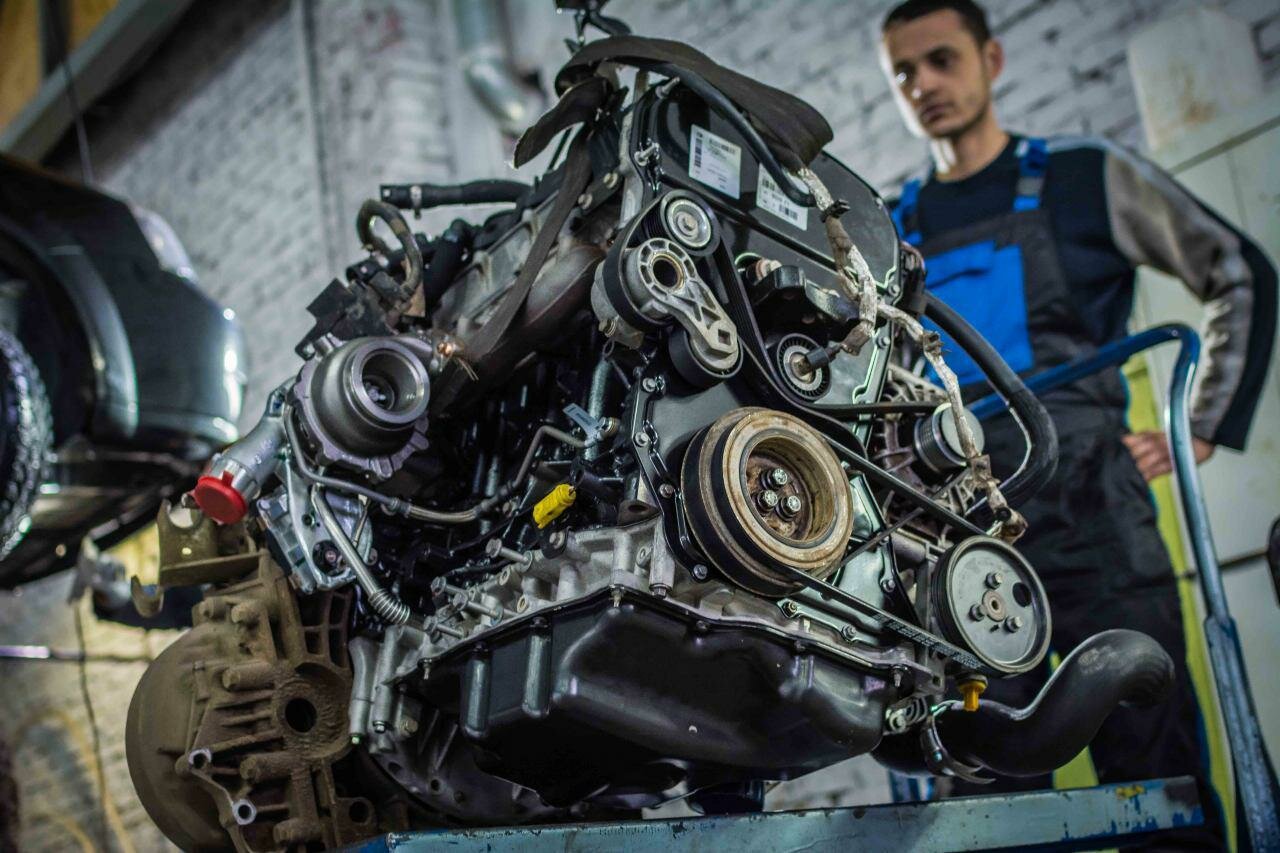Dodge Challenger 3.6 Engine: A Brief Overview
History and Evolution
The Dodge Challenger has been an iconic name in the American muscle car scene since its debut in 1970. Originally designed to compete with the Ford Mustang and Chevrolet Camaro, the Challenger quickly gained a reputation for its powerful performance and bold styling. Over the years, the model has undergone several transformations, with the modern iteration reintroduced in 2008, capturing the essence of its classic predecessors while incorporating contemporary technology and engineering.
One of the notable engine options available in recent models is the 3.6-liter Pentastar V6 engine. This engine was designed to provide a balance between performance and fuel efficiency, appealing to a broader audience than the traditional V8 options. While the 3.6 engine has been praised for its smooth operation and respectable power output, it has also been the subject of various complaints and issues that have raised concerns among owners and enthusiasts alike.
As the Challenger continues to be a popular choice for those seeking a blend of classic muscle car aesthetics and modern performance, it is crucial to address the problems associated with the 3.6 engine. Understanding these issues can help potential buyers make informed decisions and current owners take necessary precautions to ensure their vehicle remains reliable and safe on the road. In this article, we will delve into the specific problems that have been reported with the Dodge Challenger’s 3.6 engine, shedding light on the potential pitfalls of this otherwise appealing vehicle.
Dodge Challenger 3.6 Engine Problems: A Closer Look
The Dodge Challenger’s 3.6-liter Pentastar V6 engine has garnered attention for both its performance and the issues that have arisen over time. While many owners appreciate the engine’s power and efficiency, a number of problems have been reported that can significantly impact the driving experience. Below, we will explore the most common issues associated with the 3.6 engine in the Dodge Challenger.
Common Engine Problems
1. Oil Consumption Issues
One of the most frequently reported problems with the 3.6 engine is excessive oil consumption. Many owners have noted that their vehicles require more frequent oil top-offs than expected. This can lead to potential engine damage if not addressed promptly.
2. Timing Chain Problems
Timing chain issues have been a significant concern for some Challenger owners. A failing timing chain can result in a range of complications, including poor engine performance and, in severe cases, complete engine failure.
3. Overheating
Overheating is another critical issue that can arise with the 3.6 engine. This can be attributed to a malfunctioning thermostat, water pump failure, or coolant leaks. Prolonged overheating can lead to severe engine damage, including warped cylinder heads.
4. Misfiring and Rough Idling
Some drivers have reported experiencing engine misfires and rough idling. These symptoms can stem from faulty spark plugs, ignition coils, or fuel injectors. Ignoring these issues can lead to decreased fuel efficiency and increased emissions.
5. Check Engine Light
The check engine light can illuminate for various reasons, many of which are related to the aforementioned problems. It is essential to diagnose the underlying cause promptly to avoid further complications.
Symptoms and Consequences
Understanding the symptoms associated with these problems can help owners take proactive measures. Below is a table summarizing the common symptoms and their potential consequences.
| Symptoms | Consequences |
|---|---|
| Excessive oil consumption | Potential engine damage due to low oil levels |
| Engine misfires | Decreased fuel efficiency and increased emissions |
| Rough idling | Unstable engine performance and potential stalling |
| Overheating | Warped cylinder heads and severe engine damage |
| Check engine light on | Indicates underlying issues that need immediate attention |
Top views |
|
|---|---|
 |
Oil, Timing Chains, Pistons: What Really Kills an Engine Prematurely? |
 |
How to Choose a Car with a Reliable Engine: Used Car Market Hacks That Actually Work |
Preventive Measures
To mitigate these issues, regular maintenance is crucial. Here are some preventive measures that can help maintain the health of the 3.6 engine:
-Regular Oil Changes: Ensure that oil changes are performed at the manufacturer-recommended intervals to prevent excessive oil consumption.
-Monitor Coolant Levels: Regularly check coolant levels and inspect for leaks to avoid overheating.
-Engine Diagnostics: Use an OBD-II scanner to check for trouble codes if the check engine light illuminates.
-Replace Worn Components: Address any signs of wear in spark plugs, ignition coils, and other critical components promptly.
By staying vigilant and addressing potential issues early, Dodge Challenger owners can enjoy their vehicles while minimizing the risk of significant engine problems.




0 Comments